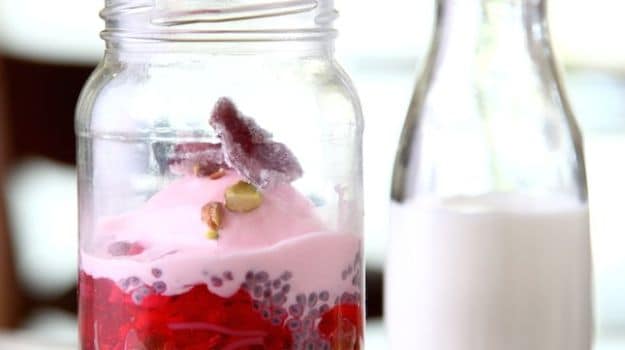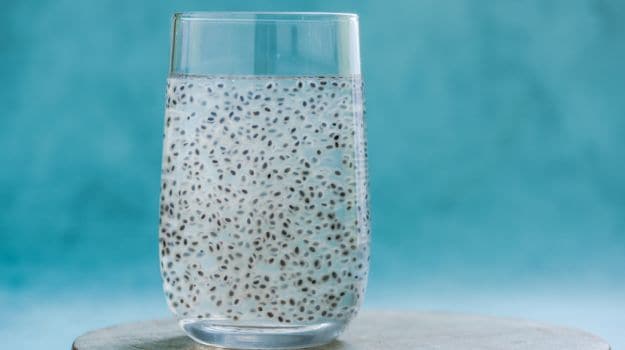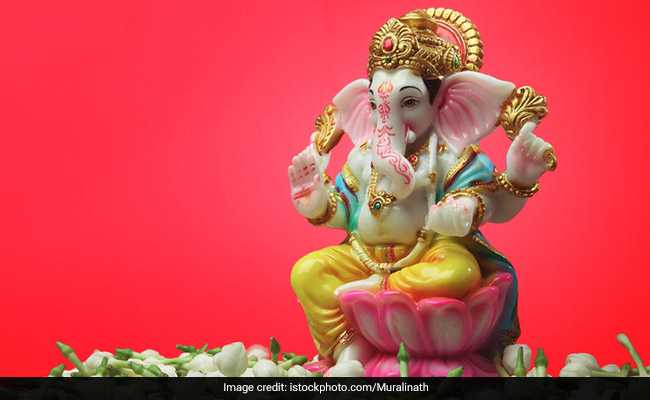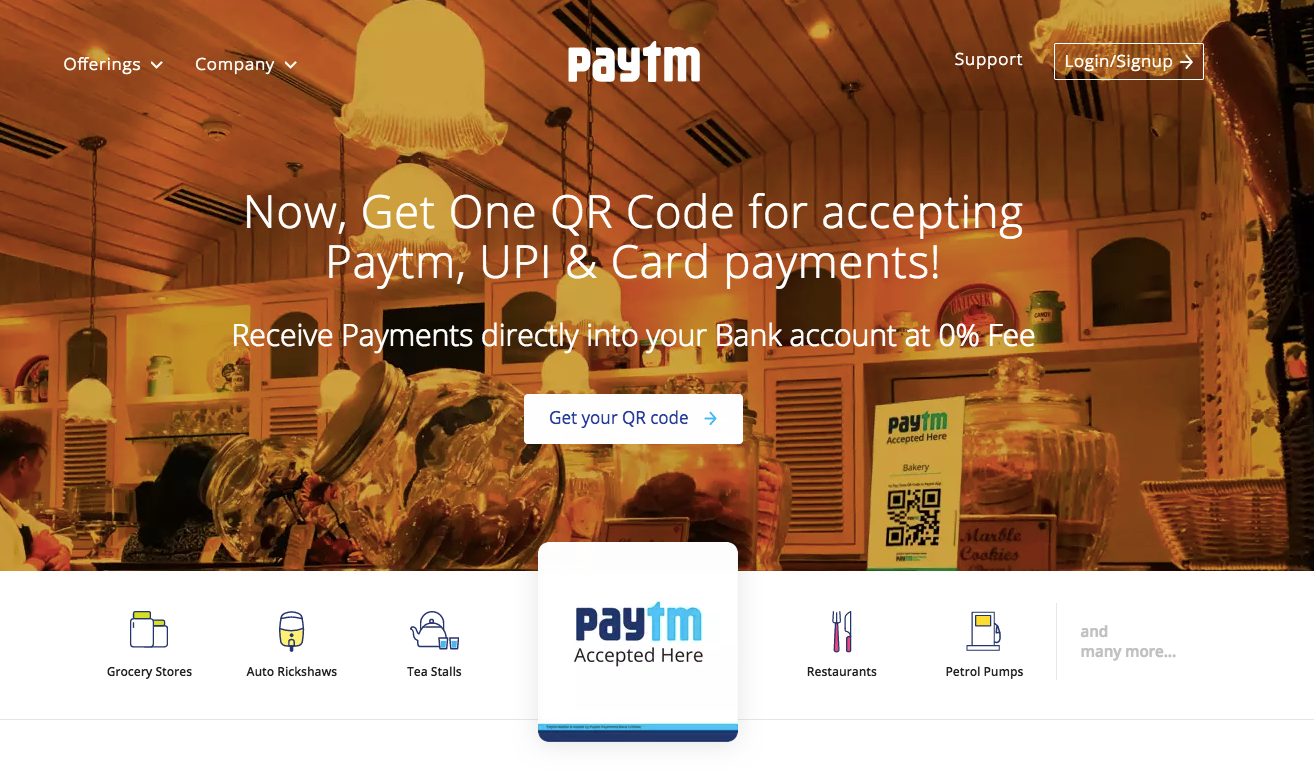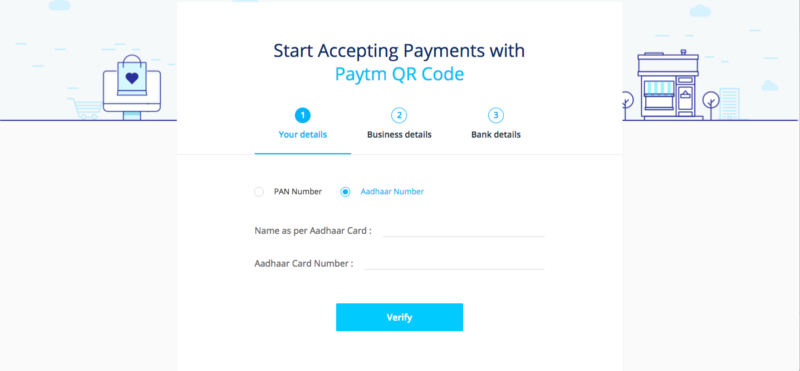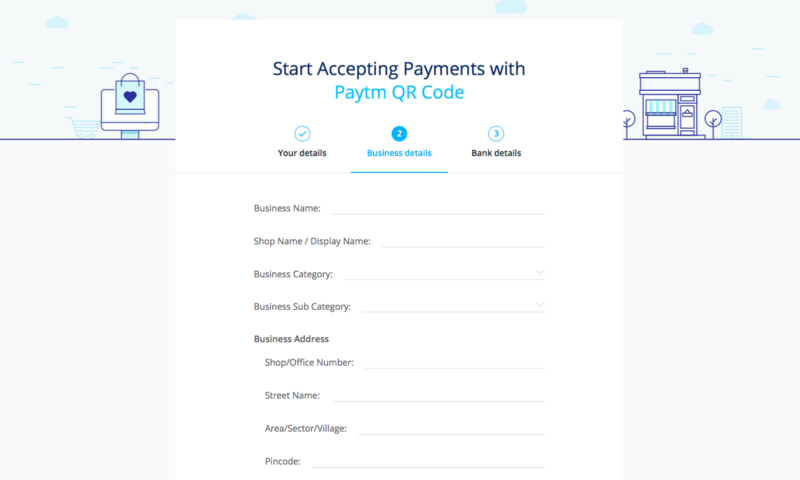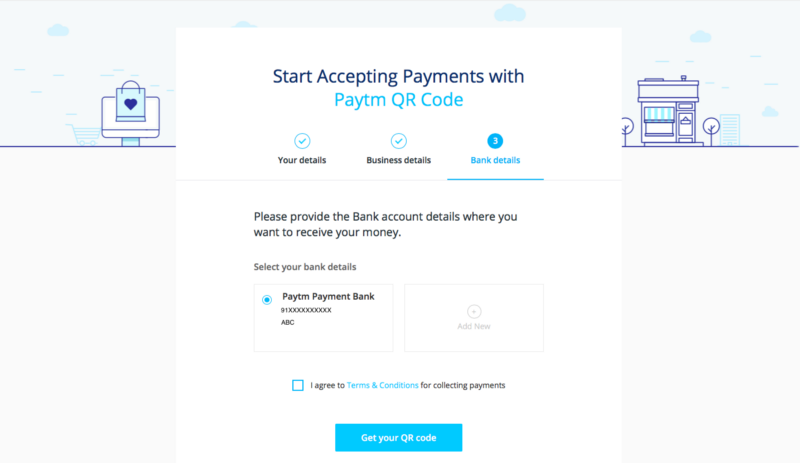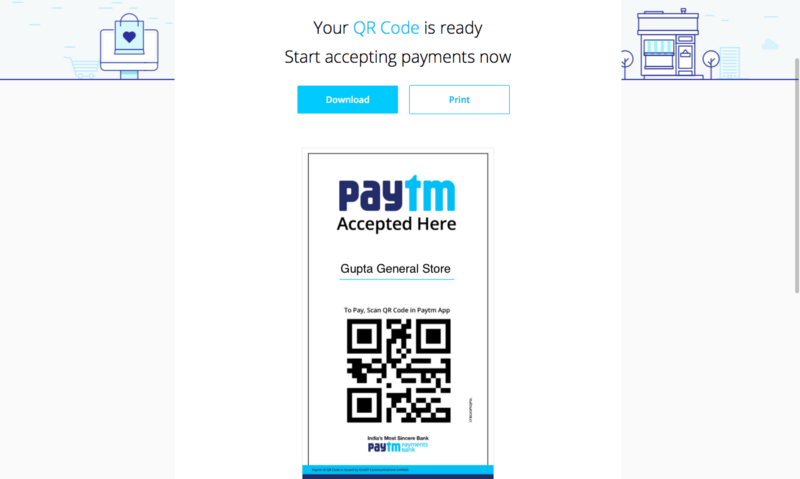Ganesh Chaturthi, also known as Vinayaka Chaturthi or Ganesh Chauth, will be celebrated on September 13, Thursday. The birth anniversary of Lord Ganesha - the god of wisdom, prosperity and good fortune - is celebrated on Ganesh Chaturthi. The Ganeshotsav festivities begin on Ganesh Chaturthi and end after 10 days on Anant Chaturdashi, also known as the day of Ganesh Visarjan. On this day, devotees immerse idol of Lord Ganesha in a water body close by. The gala celebration includes new clothes, sweets and dance processions on streets.
Ganesh Chaturthi celebrates Lord Ganesha as the god of new beginnings and the remover of obstacles. It is observed throughout India, especially in the states of Maharashtra, Karnataka, Goa, Telangana, Gujarat and Chhattisgarh. In Mumbai alone, around 150,000 statues are immersed annually.
Ganesha idols are placed in homes, or publicly in elaborate pandals or temporary stages.
 |
| Ganesha Chaturthi is the birth anniversary of Lord Ganesha. |
Prayers are offered to Lord Ganesha during Madhyahna or mid-day. This year, the Ganesha Puja Time would begin from 11:09 am to 1:35 pm. The duration for this puja is 2 hours 26 minutes, according to drikpanchang.com
With increasing environmental concerns, many people prefer eco-friendly Ganesha instead of plaster of Paris idols. These days, statues with seeds are also being made. These seeds will get to the soil after the immersion of Ganesha and would help in germinating a plant.
Ganesh Chaturthi is a ten-day Hindu festival celebrated to honour the elephant-headed God Ganesha's birthday. He is the younger son of Lord Shiva and Goddess Parvati.
Ganesha is known by 108 different names and is the Lord of arts and sciences and the deva of wisdom. He is honoured at the start of rituals and ceremonies as he's considered the God of beginnings. He's widely and dearly referred to as Ganapati or Vinayaka.
There are two different versions about Ganesha's birth. One has it that Goddess Parvati created Ganesha out of dirt off her body while having a bath and set him to guard her door while she finishes her bath. Shiva who has gone out, returned at that time, but as Ganesha didn't know of him, stopped him from entering. An angry Shiva severed the head of Ganesha after a combat between the two. Parvati was enraged and Shiva promised Ganesha will live again. The devas who went in search of a head facing north of a dead person could manage only the head of an elephant. Shiva fixed the elephant's head on the child and brought him back to life.
The other legend has it that Ganesha was created by Shiva and Parvati on request of the Devas, to be a vighnakartaa (obstacle-creator) in the path of rakshasas (demonic beings), and a vighnahartaa (obstacle-averter) to help the Devas.
About Vinayaka Chaturthi:
Vinayaka Chaturthi is dedicated to Lord Ganesh. As per Hindu calendar, the fourth day after new moon and fourth day after a full moon are observed as Chaturthi. There are two Chaturthi Tithi in every month. It is believed that Lord Ganesha is in the fourth state and one who worships him on Chaturthi will able to reach to that state. Most of us are aware of only the Ganesh Chaturthi festival that takes place in the month of Bhadrapada (August-September).

Lord Vinayaka
Significance of Vinayaka Chaturthi:
The benefits of Chaturthi fasting include material progress, happiness, and prosperity. The importance of Chaturthi vrat was explained by Lord Krishna to Yudhishtira. It is also mentioned in the Narasimha Purana and Bhavishya Purana. It removes the obstacle and creates favorable situations for success. It brings Knowledge, wealth, and fulfillment of desire. It also minimizes the malefic effect caused by planet Mercury. Worshiping Lord Ganesha on Chaturthi provides powerful benefits. Chanting mantra “Om Gam Ganapataye Namaha” helps in fulfillment of all wishes.

Lord Ganesh, Son of Lord Shiva and Goddess Parvati
Legend:
As per the legend, Lord Ganesh was born on the fourth day (Chaturthi) of the bright fortnight of the Hindu month of Magh. Hence, the festival dedicated to the worship of Lord Ganesha on this Chaturthi day is named as Ganesh Chaturthi. Lord Chandra, Moon God, was the first person who observed the Ganesh Chaturthi Vrat. After being declared as Ganapati, the leader of Shiva’s ‘ganas,’ he was traveling through the heavens. Lord Moon was full of pride on his attractive looks. When he saw Lord Ganesha, Chandra Dev laughed at his appearance. Hence, Ganeshji cursed him, whenever somebody will look at Moon, he will be cursed too.” Lord Moon pleaded for forgiveness. Ganeshji then advised him to observe the Ganesh Chaturthi vrat. After following the vrat, Lord Moon was freed from the curse. By performing Chaturthi vrat Chandra Dev got rid of his curse.

Lord Vinayaka and Chandra Dev
Rituals and Celebrations:
In the morning of Sankashti Chaturthi, an early rise is advised. The observer takes holy bath and chants the names of Ganesh while bathing. After this, the altar of Ganesh needs to be prepared, and prayers must be offered. People going ahead with their routine or official works can do so after that excepting the fasting aspect. If they remain home or take a day off, they can engage in scriptural study or listen to divine stories or chant the names of Lord Ganesh throughout the day. In the evening, the fast is concluded after sighting the moon and offering puja to Lord Ganesh. The time of moon rise is mentioned in the calendar. Those who have difficulties in witnessing the moonrise may take note of this time and prepare for the conclusion of the vrat. However, seeing the moon physically towards the end of the vrat is said to be highly auspicious. After the time of moon rise, the observer will set up the altar, install a picture or idol of Lord Ganesh, offer a formal puja and break the fast.
JAI GANESH









